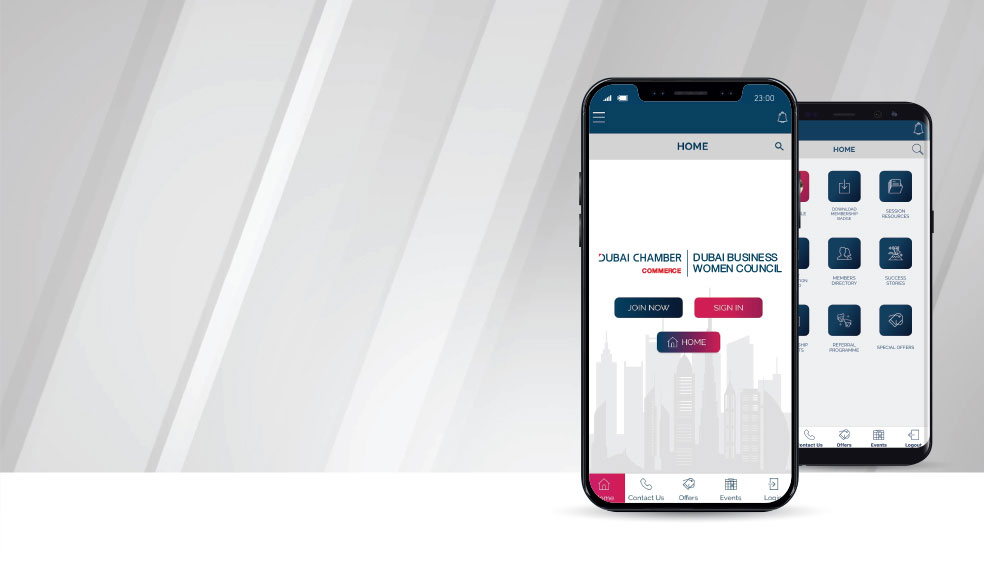
Get easy access to DBWC latest news, activities and events.
Download our App Here.
How to Capture the Impact of Microfinance?
Despite three decades of research and evaluation, the debate rages on regarding the true impacts of microfinance. What started out as a simple attempt to extend capital to poor vendors in rural Bangladesh, now has a global reach of over 155 million of the worlds poor across 100 different countries.Microfinance as a concept provides access to a range of financial services for poor clients with limited credit and collateral. Historically, the demographic target for microfinance institutions (MFI’s) were women because they repeatedly proved their credit worthiness and commitment to reinvesting in their families. These poor female micro entrepreneurs were provided “loans, savings, insurance, and money transfer services” with the intention that the access to capital will provide the needed boost to grow their business and in turn alleviate them out of poverty. That is the purpose of microfinance but does it actually fulfill this objective?
The first attempt at answering this question was in 2005, when the “Grameen Foundation released a study authored by Nathanael Goldberg, entitled “Measuring the Impact of Microfinance: Taking Stock of What We Know” (Grameen Foundation). Within this report dozens of impact assessments were surveyed and a rigorous review of literature were evaluated for impact. A year later, Muhammad Yunus andGrameen Bank was awarded the Nobel Peace Prize.
The glory was short lived because by 2009, a wave of criticism made mainstream media attacking the concept of microfinance. The Economist Magazine published a summer article titled “Microcredit may not work wonders, but does it help the entrepreneurial poor”. By fall the Boston Globe released an article titled “Billions of dollars and a Nobel Prize later, it looks like ‘micro lending’ doesn’t actually do much to fight poverty”. In the winter the Financial Times released a December article titled” Perhaps microfinance isn’t such a big deal after all”. The only counter positive response to these negative reports was the Globe’s October article on Foreign Policy where it argued that “microfinance…is young, evolving and ripe with innovation” (Banerjee, 2009) and thus needed more time to provide assessments of impact. Despite this article, the media backlash continued and the originators of the concept were pressured to respond.
By 2010, Kathleen Odell, an assistant professor of economics at Dominican University’s Brennan School of Business, released a 5-year assessment (from 2005 to 2010) titled “Measuring the Impact of Microfinance, Taking Another Look”. This article sparked a new conversation to the wave of assessment impact methodologies tested within this industry sector. In general an “evaluation of microfinance attempts to determine how some outcome measurement (income, consumption etc.) are affected by access to microfinance” (Grameen Foundation). There are currently two key accepted evaluation methods for assessing these factors:
These two methods are still used for micro evaluations today. The following are a set of regional assessments conducted from 2011 to 2013 that shed great light on the impacts of microfinance:
From the above programs, what we have learned is that assessments cannot easily capture the situational influences of external variables. Different impacts vary by resident type, household environment, and the characteristics and circumstances of the borrowers. Along with the variations in micro entrepreneurs and their environment, there are variations in the approaches of the 4000+ MFI’s that service these micro credit recipients. With all of these inconsistencies, we should make sure that it does not defeat our attempts at understanding the quantifiable impact of microfinance.
To quantify impact, we need to make sure we agree on the key focal point of analysis. In the end, the key question is not whether microfinance as a concept is successful at achieving its core objective of alleviating the poor out of poverty but whether it provides recipients the opportunity to do so. Pressure from governments, media and critics will rage on as the industry continues to evolve. Yet, it is critical to note that three decades ago, the worlds poor didn’t even have this alternative. Microfinance is rebuilding the building blocks of opportunity. It is definitely not poverty’s only effective direct solution, but it is working towards being apart of it.